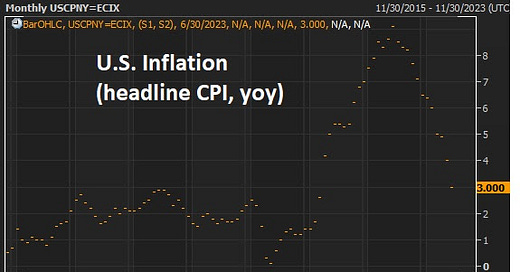Second quarter earnings season is coming to a close - it was dominated by positive surprises.
According to FactSet, both the number of companies that reported positive earnings surprises, and the magnitude of those surprises was above 10-year averages.
Yet, the average share price performance of these expectations beating companies was negative. They looked at a four-day window around earnings, and found these companies had the largest average negative price reaction since 2011.
The broader market performance corroborates it. Since JP Morgan kicked off the earnings season about a month ago, with record revenue and record earnings, the S&P 500 is virtually unchanged.
So, better earnings haven't provided much fuel for stocks, nor has the better-than-expected economic output from the second quarter, nor have the expectations of the end of a tightening cycle.
With that, if the positive catalysts haven't taken stocks to new highs, it tends to make the markets more vulnerable to a negative catalyst.
On that note, we have negative catalyst candidates:
The 10-year yield continues to hover above 4%, which has been the danger zone for global financial stability.
We have inflation data this week, across the globe.
With rising oil prices, we know the headline inflation number will be moving higher, for the first time in a while. As you can see in the chart, this will break the trend of twelve consecutive months of declining year-over-year inflation (since its peak).
Although the core (ex-food and energy) rate is expected to continue stepping lower, the break of the decline in the headline trend could be enough of a negative catalyst to induce some selling in stocks.
But any dips should be shallow, as there would be many welcoming the opportunity to buy a dip.





